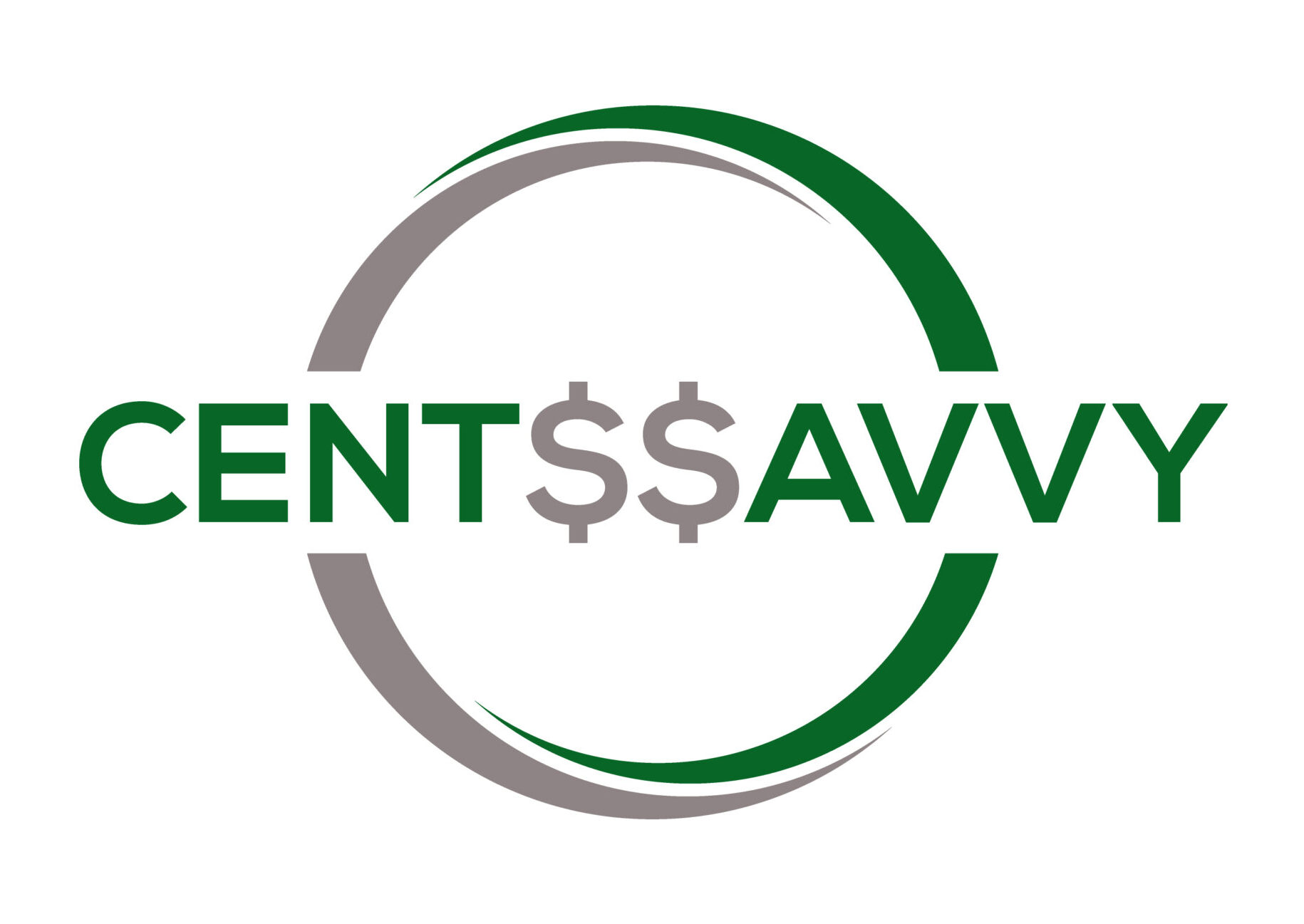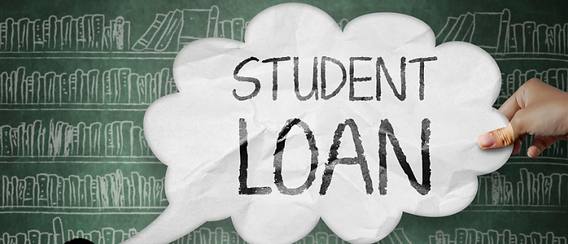Repairing Credit: The Unexpected Role of Student Loan Cancellation
Student loans are a common financial burden for many individuals, impacting their credit scores and overall financial health. However, what if I told you that student loan cancellation could actually play a significant role in repairing your credit? In this blog post, we will explore the unexpected connection between student loan cancellation and credit repair.
Understanding the Basics of Student Loan Cancellation
Delving into the realm of student loan cancellation unveils a gateway to financial liberation for many encumbered by the weight of educational debts. This process, often interchangeably referred to as student loan forgiveness, provides a beacon of hope, allowing qualified individuals to absolve themselves partially or entirely from the shackles of student loan obligations. The essence of student loan cancellation lies in its capacity to recognize the contributions of borrowers in specific sectors, rewarding their service with relief from their financial burdens.
To lay the groundwork for understanding, it’s imperative to distinguish between the various avenues through which loan cancellation can be achieved. Federal programs, the most notable being Public Service Loan Forgiveness (PSLF) and Teacher Loan Forgiveness, are designed with specific eligibility criteria targeting individuals employed in public service roles or teaching positions. These programs are not one-size-fits-all; they are tailored to address the unique financial landscapes of borrowers who dedicate their careers to serving the public good.
Engaging with student loan cancellation requires a thoughtful assessment of one’s eligibility, a process that demands familiarity with the nuances of each program’s requirements. Whether it’s the duration of service, the nature of employment, or the type of loans held, each criterion plays a pivotal role in determining one’s qualification for forgiveness. It’s a journey marked by meticulous documentation, adherence to program stipulations, and an unwavering commitment to the path of service.
As we navigate through the intricacies of student loan cancellation, the goal remains clear: to unveil a pathway that leads to financial relief and empowerment. By grasping the fundamentals of this process, individuals are better equipped to make informed decisions, strategically positioning themselves to harness the full potential of loan forgiveness as a tool for credit repair and financial rejuvenation.
Federal Student Loan Forgiveness Programs
Embarking on a journey through the landscape of Federal student loan forgiveness programs unveils a promising horizon for individuals burdened by the financial commitments of their education. At the heart of these initiatives is a commitment to acknowledge and reward the invaluable service provided by those in public service fields or professions. Through a carefully structured array of options, these programs forge a path to financial solace and creditworthiness, tailored to meet the unique circumstances of each borrower.
The architecture of Federal forgiveness programs is both diverse and intricate, offering a spectrum of opportunities designed to align with the specific nature of one’s professional contribution. For instance, the Public Service Loan Forgiveness (PSLF) program emerges as a beacon for those dedicated to public sector work, requiring a strategic commitment to a specified tenure of service while ensuring the fulfillment of payment obligations under qualifying repayment plans. Similarly, the Teacher Loan Forgiveness program caters to educators who serve in low-income schools, offering them a reprieve from their financial burdens as a testament to their societal contributions.
Navigating the labyrinth of eligibility criteria and program stipulations demands a proactive and informed approach. It is imperative for individuals to engage with the programs’ prerequisites, from employment verification to the precise documentation of qualifying payments. This journey, though arduous, is paved with the potential for transformative financial relief and an enhanced credit profile.
As borrowers traverse this path, they uncover the potential to not only alleviate the weight of student loan debt but also to rebuild and fortify their credit standing. The strategic engagement with Federal student loan forgiveness programs thus stands as a pivotal step towards achieving financial liberation and credit rehabilitation.
Navigating the Application Process for Loan Forgiveness: Student Loan
Embarking upon the application process for student loan forgiveness demands a strategic blend of diligence and precision. It begins with an in-depth exploration of one’s own financial and professional circumstances, laying the foundation for a tailored approach towards achieving loan forgiveness. Key to this journey is a robust understanding of the specific requirements and stipulations of the desired forgiveness program.
The next step involves assembling a comprehensive dossier of necessary documentation. This typically includes proof of employment, a detailed history of loan payments, and any other records pertinent to demonstrating eligibility. It’s a meticulous process, akin to piecing together a complex puzzle where each document plays a critical role in illustrating one’s qualifications.
Engagement with the loan servicer is crucial during this phase. Open lines of communication ensure that any ambiguities are clarified and that the application adheres to the program’s expectations. Borrowers should approach this interaction as an opportunity to verify that their documentation aligns perfectly with the criteria laid out by the forgiveness program.
Lastly, submitting the application is not the final step; it marks the beginning of a period of patient waiting and possible interaction for additional information or clarification. This phase requires resilience and a proactive stance, ready to respond to any inquiries or provide additional documentation as requested by the loan servicer or the forgiveness program administrators.
Navigating the labyrinth of the student loan forgiveness application process, while complex, is a venture that can lead to significant financial relief and contribute towards the goal of credit repair and financial stability.
The Impact of Student Loan Cancellation on Your Credit Score: Student Loan
Delving into the nuanced landscape of financial health reveals a pivotal truth: student loan cancellation harbors the power to positively recalibrate one’s credit score. At its core, this transformative effect is rooted in the decrease of one’s debt-to-income ratio, a crucial parameter in the eyes of credit scoring models. As loans are forgiven, the immediate reduction in outstanding debt signals to credit bureaus a shift towards financial prudence and stability, laying the groundwork for a more favorable credit evaluation.
The ripple effects of loan cancellation extend beyond mere numerical adjustments. By alleviating the burden of student loans, individuals find themselves in a position to reallocate financial resources towards other debts, further solidifying their standing as responsible borrowers. This strategic redistribution of capital can expedite the journey towards a pristine credit report, marked by timely payments and a diversified credit mix.
Moreover, the act of navigating through the prerequisites of loan cancellation embodies an engagement with financial discipline. It’s a testament to one’s dedication to financial health, an attribute highly regarded by lenders. As such, the journey to student loan forgiveness itself becomes a catalyst for credit score improvement, fostering habits that ensure long-term financial resilience.
In essence, student loan cancellation not only lightens the immediate load of debt but also paves the way for a brighter financial future, underscored by enhanced creditworthiness and the promise of greater financial opportunities.
Alternative Routes: Income-Driven Repayment Plans: Student Loan
Exploring the terrain of income-driven repayment plans presents a strategic alternative for those grappling with the challenge of student loan debt. These tailored repayment structures are designed to align monthly payment obligations with the borrower’s financial reality, thereby easing the strain on their budget. By adopting an approach that scales payments according to income levels, these plans inherently foster a scenario where financial sustainability becomes achievable.
The mechanics of income-driven repayment plans are centered around the concept of adaptability. They recalibrate payment requirements, ensuring that obligations do not overshadow the borrower’s ability to meet basic living expenses. This adaptability is crucial, as it aids in maintaining a positive repayment history, a fundamental component of credit health.
Moreover, engaging with these repayment options can serve as a protective measure against the adverse impacts of default and late payments, both of which are detrimental to credit scores. By facilitating consistent and manageable payments, income-driven plans play a pivotal role in safeguarding credit ratings, thereby contributing to the broader objective of financial health and stability.
In essence, income-driven repayment plans emerge as a viable path for individuals seeking to navigate the complexities of student loan debt without compromising their credit standing. Through these plans, the journey toward financial equilibrium and credit repair becomes more accessible, highlighting their value as an integral tool in the arsenal of financial strategies.
Preparing for Success: Steps to Take Today
To embark on a journey of credit repair through student loan cancellation, a proactive and informed stance is crucial. Begin by immersing yourself in the nuances of federal forgiveness programs, keenly identifying which ones resonate with your unique circumstances. This foundational step is about aligning your professional trajectory with eligibility criteria, a move that demands precision and strategic foresight. Equally important is the engagement with a financial advisor or a credit repair specialist who can offer personalized guidance, shedding light on pathways that might otherwise remain obscured. Diligently documenting your student loan payment history and any qualifying activities for forgiveness programs is not just an administrative task; it’s an investment in your financial future. Embrace this process with a mindset geared towards long-term success, viewing each step as a building block towards achieving not just a healthier credit score, but a more empowered financial status. For more information, Please visit Cent Savvy Credit Repair Counseling

